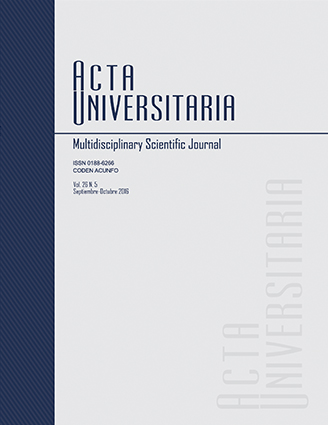Closing in organic waste water treatment with using sludge fitomineralization Phragmites australis
Published 2016-10-27
Keywords
- Biosolids,
- mineralization,
- humification,
- organic substance.
- Biosólidos,
- mineralización,
- humificación,
- sustancia orgánica.
How to Cite
Abstract
In treatment of wastewater produced as known sediment sludge that could be used in agriculture. The objective was to verify phytomineralization process with Phragmites closure and ecological wastewater treatment. Four treatment plants (La Fontina, El Oratoio, Colle di Compito and El Pittini) were chosen in Pisa, Italy. Samplings were conducted May to November. During preparation of systems and processes percolation, mineralization and humification of organic material was observed. Specific laboratory analyzes were performed. Results indicate that mineralization of organic carbon content, total nitrogen, and organic matter in each sample decreases from 47% to 32% and carbon content of humic significantly decreased (p < 0.05). The product obtained is pre-humidified, suitable to be subjected to a composting process and subsequently used as fertilizer.

